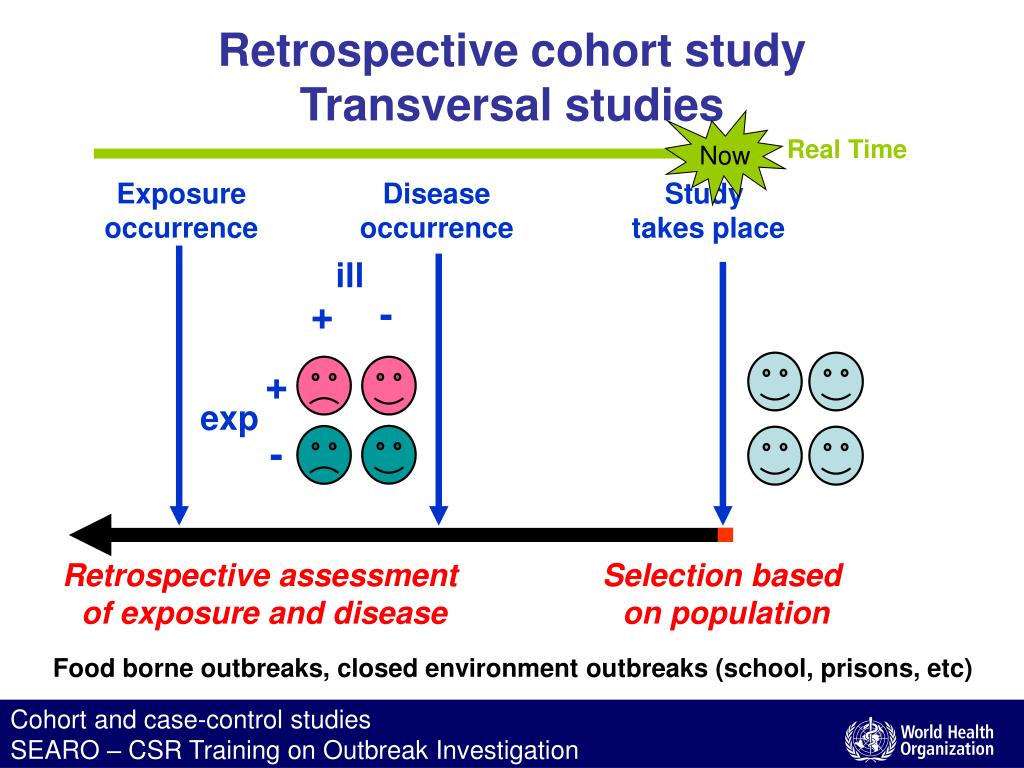
Memory is a selective thing, and it can introduce all sorts of biases intoįor example, asking patients if they smoked is a tricky issue.īecause the risk of cigarette smoking is well publicized, lung cancer To rely on them to recall things that may have happened many years ago. When we use deathĬertificates, for example, we usually need to interview family members in Information that we need may be hard to get. The biggest problem in a retrospective study is that some of the Look backwards in time, by selecting patients who have lung cancer and asking This has been done, but it takes a couple of decadesįor the smoke to produce a tumor large enough to be noticed. We could find people as they start smoking and watch themįrom that point onward. The classic example is a study of smokingĪnd lung cancer. When weĪre studying a disease that takes a long time to appear, we usually need to That's a flip answer, but it summarizes the situation well. Subjects make for a more informative interview.


Sufficient data to draw any strong conclusions. Unless you are studying a rapidlyįatal disease, you have to wait years or even decades to accumulate In contrast, a prospective study looks forward in time.įor example, we select a group of subjects and sit around and watch them forĪ decade. Since the subjects are alreadyĭead we just have to tabulate all the results. A retrospective study is a study that looks backwards in time.įor example, we find people that are already dead and try to figure out why


 0 kommentar(er)
0 kommentar(er)
